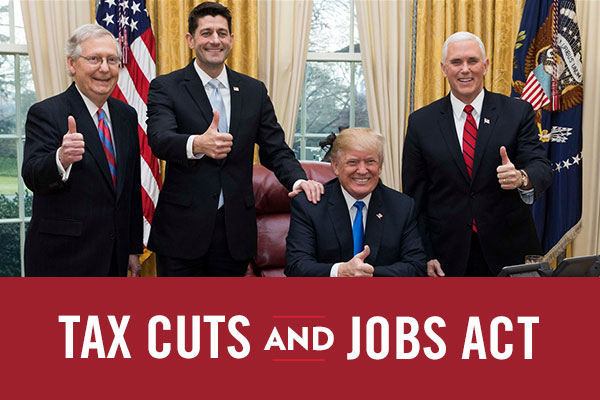Millions of people move throughout the United States each year. Some make a home on the next street over. Others move across the country. This is a normal and healthy part of living in a free society. However, a problem arises when too many people leave one state for better opportunities elsewhere.
Chris Edwards of the Cato Institute details this problem in a recent bulletin, “Tax Reform and Interstate Migration.” According to his analysis, 600,000 people with an aggregate income of $33 billion moved from the 25 highest-taxed states to the 25 lowest-taxed states during 2016.
Of the 25 high-tax states, 24 lost a net number of people to other states. Of the 25 low-tax states, 17 increased their population. Unfortunately, Pennsylvania fell in the former category, with the fifth largest net migration loss of households in the country.
A trend documented by CF, this population shift from high-tax to low-tax states threatens states’ fiscal and economic health.
Of the 25 high-tax states, 24 lost a net number of people to other states. Of the 25 low-tax states, 17 increased their population.
When people leave in large numbers, it impacts more than just Census figures. It can have a significant impact on the social and economic wellbeing of the state. A mass exodus from the commonwealth to other states means fewer entrepreneurs, teachers, and mentors to help build up Pennsylvania’s communities.
It also means slower economic growth and a greater fiscal burden on the remaining working population. For instance, the top one percent of earners paid 41 percent of New York’s state income taxes. This statistic should be a wakeup call for states who don’t want to see their workforces or tax bases shrink, as this can severely strain state budgets.
The data is clear: state and local taxes impact residents' decisions to move. High-tax states such as New York and Illinois suffered the largest loss of households. New York lost a net 76,215 households while Illinois lost 41,965 in 2016.
While the Census Bureau survey includes a question asking people why they decided to move, it does not include “taxes” as an option. However, some of the 19 available options are influenced by taxes, like the price of housing (affected by property taxes) and the take-home pay of taxpayers (affected by state income taxes).
To mitigate the negative effect of taxes and reverse the net outflow of residents to other states, Pennsylvania needs to create a tax structure that encourages entrepreneurs to invest and allows people to keep more of what they earn.
RELATED : JOBS & ECONOMY, ECONOMY, TAXES & SPENDING, TAX REFORM




